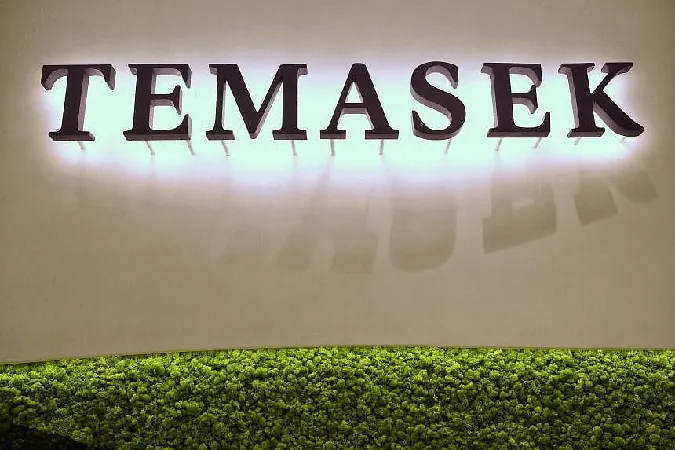
Revolutionary Discovery: Circular Peptides from Violets May Transform Glioblastoma Treatment!
2024-09-30
Introduction
Glioblastoma is widely regarded as one of the deadliest forms of brain cancer, accounting for over 45% of all brain tumors. Patients diagnosed with this aggressive disease face daunting odds; approximately half respond to the only FDA-approved chemotherapy, temozolomide (TMZ), and those who do often see their cancer cells swiftly develop resistance. Tragically, most individuals succumb to the disease within 12 to 16 months, with very few surviving beyond five years.
Breakthrough Discovery
However, new research has sparked hope for glioblastoma patients, stemming from an unexpected source: the vibrant violets found in Jackson Hole, Wyoming. Scientists at the non-profit Brain Chemistry Labs have made groundbreaking discoveries involving molecules known as cyclotides, small circular peptides that appear to function like 'floppy frisbees,' according to pioneering researcher Dr. Samantha L. Gerlach. In laboratory tests, these cyclotides have demonstrated significant potential against various types of human cancer cells.
Mechanism of Action
But how do these unique molecules work? The answer lies in their distinctive disulfide crosslinks, which not only maintain their structure but may also enable them to form pores in the membranes of cancer cells, leading to their destruction. Interestingly, cyclotides have a dual function; while they protect violets from insect herbivores, fungal infections, and viruses in their natural habitat, they are now being harnessed for their potential therapeutic applications.
Kalata B1 and Its Efficacy
Initially discovered in an herbal tea used by indigenous African cultures during childbirth, one particular cyclotide named kalata B1 has garnered attention for its remarkable effects against glioblastoma cells. In a recent publication in the Swiss journal Biomedicines, Dr. Gerlach and her team revealed that kalata B1 significantly enhances the effects of TMZ, reducing the dosage required to eliminate glioblastoma cells by more than ten-fold.
Challenges in Extraction
Despite their promise, extracting kalata B1 from violet species in sufficient quantities for clinical research has proven challenging. Dr. Gerlach notes that the tiny amounts they could obtain were inadequate for rigorous testing. To overcome this hurdle, a collaboration with CSBio in California allowed the team to produce a synthetic version of kalata B1, which has been shown to have the same effectiveness as the naturally occurring molecule.
Future Prospects
Experts are optimistic about the next steps. Dr. Krish Krishnan from California State University, Fresno utilized advanced Nuclear Magnetic Resonance (NMR) spectroscopy to confirm the structural integrity of the synthetic variant. With promising cell data in hand, Dr. Rachael Dunlop expressed her eagerness to advance to mouse model testing in Vienna, Austria.
Cautious Optimism
While the Brain Chemistry Labs' director, Dr. Paul Alan Cox, views the advent of synthetic kalata B1 as a significant leap towards combatting glioblastoma, he insists on tempered enthusiasm, stating, 'We are still a long way from clinical trials, but now we can safely explore its potential for further testing.'
Conclusion
As research progresses, the scientific community remains vigilant, hopeful that this breakthrough will lead to new treatments and potentially prolong the lives of those fighting glioblastoma. Could this be the dawn of a new era in cancer therapy? The world watches closely as these innovative solutions unfold!



 Brasil (PT)
Brasil (PT)
 Canada (EN)
Canada (EN)
 Chile (ES)
Chile (ES)
 España (ES)
España (ES)
 France (FR)
France (FR)
 Hong Kong (EN)
Hong Kong (EN)
 Italia (IT)
Italia (IT)
 日本 (JA)
日本 (JA)
 Magyarország (HU)
Magyarország (HU)
 Norge (NO)
Norge (NO)
 Polska (PL)
Polska (PL)
 Schweiz (DE)
Schweiz (DE)
 Singapore (EN)
Singapore (EN)
 Sverige (SV)
Sverige (SV)
 Suomi (FI)
Suomi (FI)
 Türkiye (TR)
Türkiye (TR)